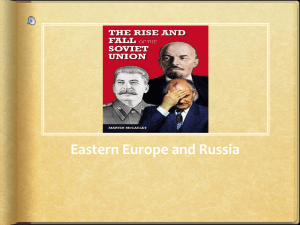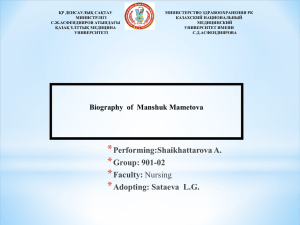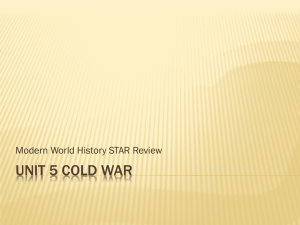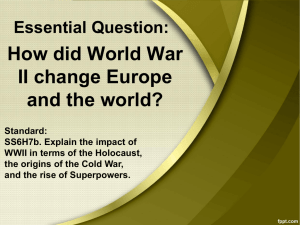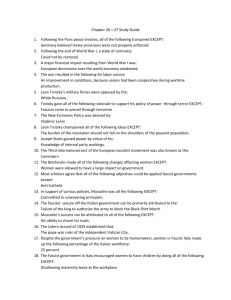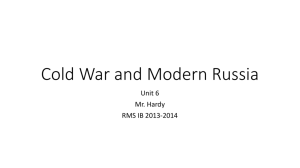full article in format
advertisement
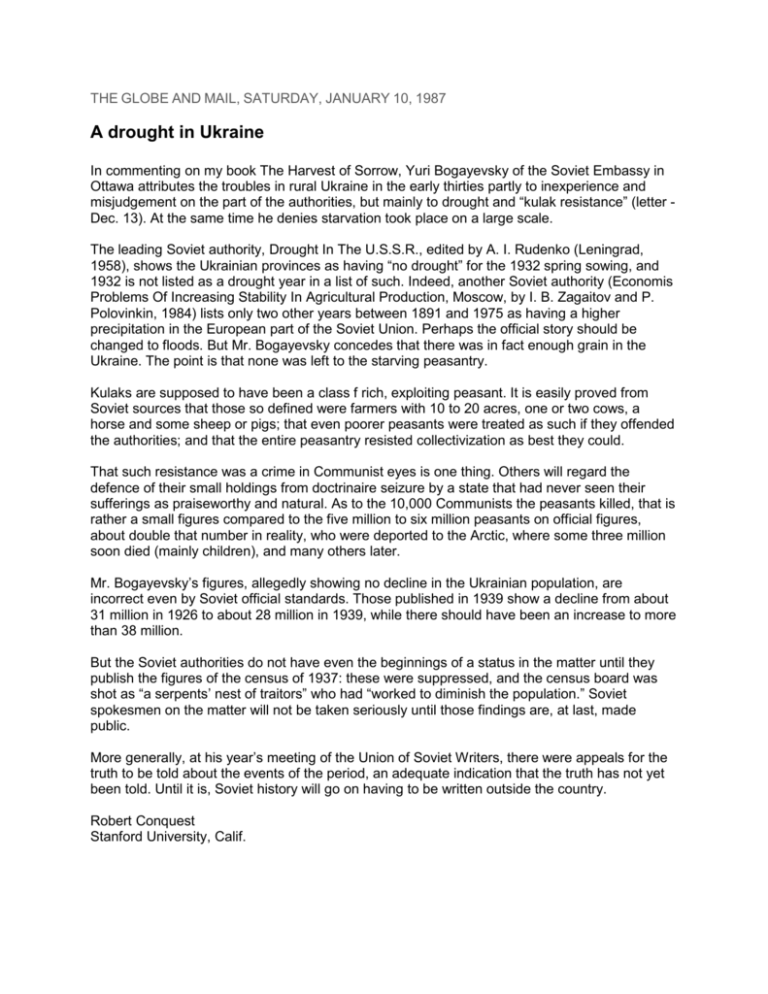
THE GLOBE AND MAIL, SATURDAY, JANUARY 10, 1987 A drought in Ukraine In commenting on my book The Harvest of Sorrow, Yuri Bogayevsky of the Soviet Embassy in Ottawa attributes the troubles in rural Ukraine in the early thirties partly to inexperience and misjudgement on the part of the authorities, but mainly to drought and “kulak resistance” (letter Dec. 13). At the same time he denies starvation took place on a large scale. The leading Soviet authority, Drought In The U.S.S.R., edited by A. I. Rudenko (Leningrad, 1958), shows the Ukrainian provinces as having “no drought” for the 1932 spring sowing, and 1932 is not listed as a drought year in a list of such. Indeed, another Soviet authority (Economis Problems Of Increasing Stability In Agricultural Production, Moscow, by I. B. Zagaitov and P. Polovinkin, 1984) lists only two other years between 1891 and 1975 as having a higher precipitation in the European part of the Soviet Union. Perhaps the official story should be changed to floods. But Mr. Bogayevsky concedes that there was in fact enough grain in the Ukraine. The point is that none was left to the starving peasantry. Kulaks are supposed to have been a class f rich, exploiting peasant. It is easily proved from Soviet sources that those so defined were farmers with 10 to 20 acres, one or two cows, a horse and some sheep or pigs; that even poorer peasants were treated as such if they offended the authorities; and that the entire peasantry resisted collectivization as best they could. That such resistance was a crime in Communist eyes is one thing. Others will regard the defence of their small holdings from doctrinaire seizure by a state that had never seen their sufferings as praiseworthy and natural. As to the 10,000 Communists the peasants killed, that is rather a small figures compared to the five million to six million peasants on official figures, about double that number in reality, who were deported to the Arctic, where some three million soon died (mainly children), and many others later. Mr. Bogayevsky’s figures, allegedly showing no decline in the Ukrainian population, are incorrect even by Soviet official standards. Those published in 1939 show a decline from about 31 million in 1926 to about 28 million in 1939, while there should have been an increase to more than 38 million. But the Soviet authorities do not have even the beginnings of a status in the matter until they publish the figures of the census of 1937: these were suppressed, and the census board was shot as “a serpents’ nest of traitors” who had “worked to diminish the population.” Soviet spokesmen on the matter will not be taken seriously until those findings are, at last, made public. More generally, at his year’s meeting of the Union of Soviet Writers, there were appeals for the truth to be told about the events of the period, an adequate indication that the truth has not yet been told. Until it is, Soviet history will go on having to be written outside the country. Robert Conquest Stanford University, Calif.


